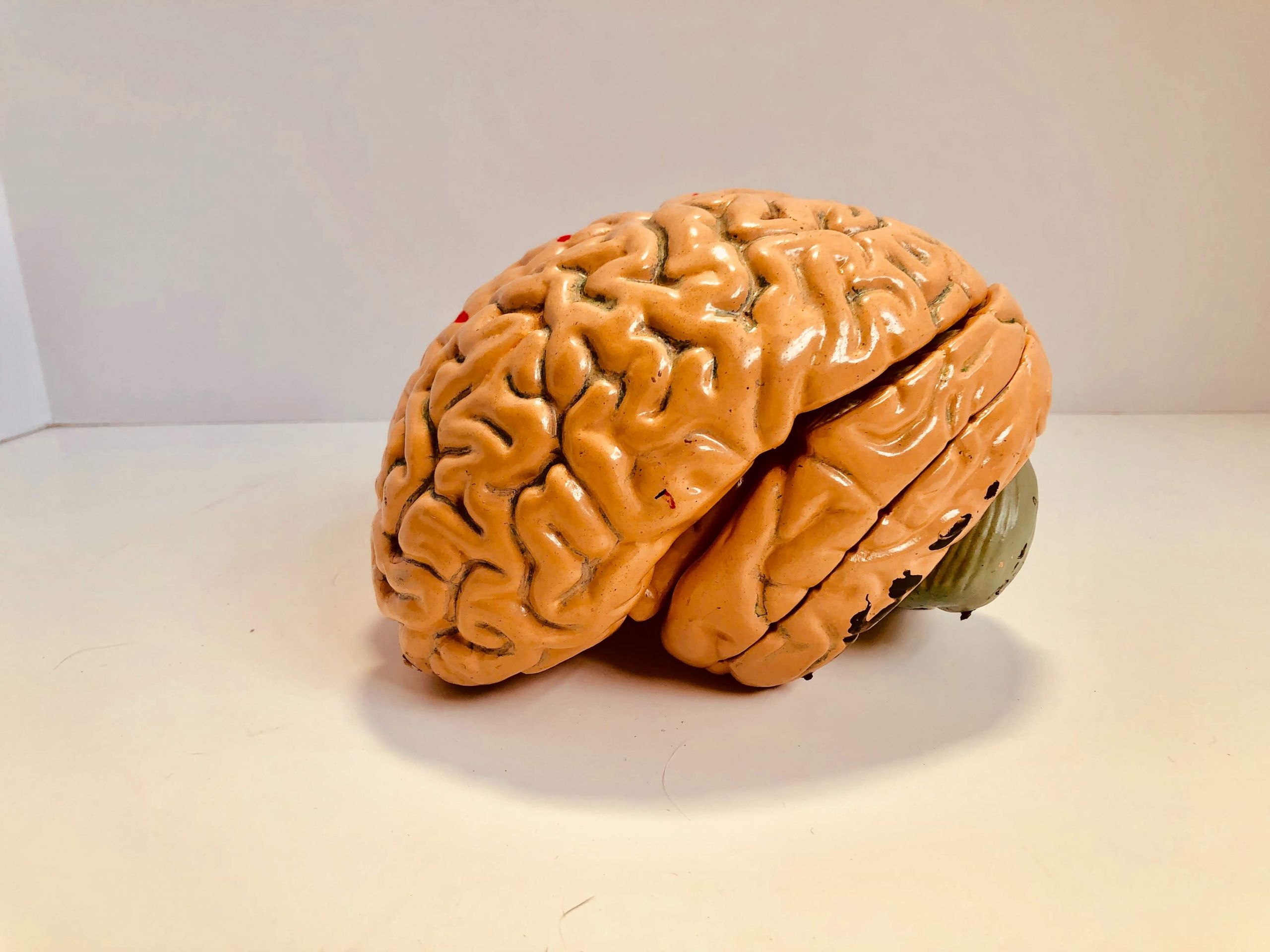
The theory of two hemispheres of the brain, of which one is dominant, dates back to the 19th century. Research was conducted on people with damage to this organ, which resulted in assigning different functions to different lobes
Also nowadays we come across tests that are supposed to check which hemisphere dominates in us. Is it worth to pay attention to them?
These studies from the nineteenth century gave rise to thinking about the human brain in terms of dichotomies. The division into two hemispheres, which harbored different abilities, was supposed to manifest as completely different talents in life. How did people with a dominant right hemisphere differ from those with a dominant left hemisphere?

They were supposed to be individualists and light-hearted people with creative traits and strongly developed creativity. In light of dominance theory, artists fit this description best.

These are supposedly very analytical, meticulous, and orderly people who exhibit aptitude for the sciences. Their archetype could be, for example, an economist, accountant or clerk.
In practice, the human brain is indeed asymmetrical in terms of the distribution of individual functions. It is also physically divided into two hemispheres. The left hemisphere is responsible for language abilities and logical thinking. The right hemisphere, on the other hand, is the center of creativity and artistic ability
Despite this, the theory of dominance of one of them is a very big simplification. The division of the brain is not equivalent to the fact that one of the hemispheres can dominate and be responsible for the intensity of traits or specific skills

In reality, it is not possible to equate the dominance of one part of the brain, because most of the problems we solve require the activation of complex connections in this organ. This includes difficult logic tasks. The two hemispheres differ not in the tasks they perform, but more in how they perform them. A good example is language learning, where:
Unfortunately, popular psychology often fails to keep up with scientific research and continues to serve as truth for years after a theory has been disproven. Thus, the theory of the dominant hemisphere still plays an important role, for example, in attempts to support the professional development of business employees. They learn how to unleash the creativity of the left hemisphere and harness the hidden potential of the right
So no matter how elaborate and interesting the hemisphere dominance tests are, in practice they reinforce stereotypical beliefs. The worst thing, however, is that they may give an illusion of the need to work on competences that do not necessarily require much attention on our part

What does insisting that we are creative “right-hemispheres” or “left-hemispheres” get us, and relying solely on facts? Despite research and refutation of such theories, they have penetrated deep into our consciousness. Why?
Easy explanations for convoluted issues are always appealing and sometimes make dizzying careers – which is what many conspiracy theories are based on. The same is true of the theory of dominance of one hemisphere, to which we become attached because it explains to us in an accessible way the differences between people
Sometimes in this way we also justify the lack of solid work on our development, on the principle: “I will never be a good accountant because I have a better developed right hemisphere”. In this way, we limit ourselves while remaining in a safe comfort zone
Unfortunately, but the perpetuation of this belief is an opportunity to make money for personal development specialists and companies that offer entire sets of courses and exercises to improve the functioning of some part of our brain and awaken the dormant potential in it. There are even special applications for the phone! Everything is based on efficient marketing, so remember to approach such offers with caution
Main article photo: Photo by Natasha Connell, source: unsplash.com